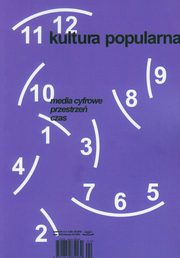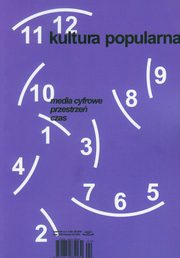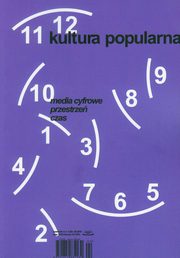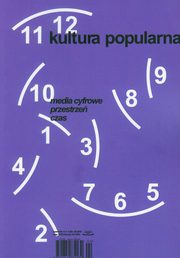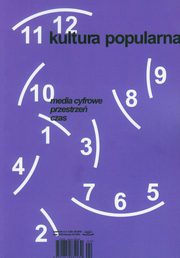НАЦИОНАЛЬНЫЙ МЕХАНИЗМ ГЕНДЕРНОГО РАВЕНСТВА В СОВРЕМЕННОЙ РОССИИ И СТРАНАХ МИРА: АКТОРЫ, ГЛОБАЛЬНЫЙ И ЛОКАЛЬНЫЙ УРОВНИ, СЕТЕВЫЕ РЕСУРСЫ
The article reveals the content of the national mechanism for gender equality, defines the system and the functions of key components as well as actors of the national mechanism for gender equality. Analysis of national mechanism for gender equality in modern countries is illustrated by the cases of Finland,Austria, Czech Republic, Canada, Spain, South Africa and Russia. The study shows how a consistent development of the national mechanism for gender equality in developed countries leads to the institutionalization of gender equality in all spheres of society and state, but without a well-developed network of institutions of civil society interested in the promotion of gender equality, the action of the national mechanism is only symbolic in nature, as demonstrated by the developing countries.
More...
